Keep Your Home Decor Pristine: The Ultimate Guide to Maintaining Delicate Items in High-Traffic Areas
Adorning your home with exquisitely designed, delicate decorative items can undeniably elevate its aesthetic appeal, imbuing spaces with personality and charm. From intricate stair landing decor to elegant wall-mounted planters on your balcony or striking lamps gracing your corridors, these pieces transform a house into a home. However, the initial joy of selection often gives way to the challenge of keeping these cherished objects clean, well-maintained, and free from the wear and tear of daily life, especially in bustling areas.
If your home features such decorative elements, you’ve likely encountered the ongoing dilemma of preserving their beauty over time. The constant foot traffic, dust accumulation, and accidental bumps can quickly diminish their allure. But fret not, a pristine home with delicate decor is an achievable dream, not a maintenance nightmare. This comprehensive guide will walk you through a range of effective strategies, from making smart material choices to understanding when to enlist professional assistance. We’ll explore practical techniques and provide valuable recommendations designed to significantly reduce the effort required to maintain your home’s decorative treasures. Read on to uncover the secrets to lasting beauty!
Essential Strategies: How to Maintain Decorative Elements in High-Traffic Landing Areas
High-traffic zones in your home, such as entryways, hallways, and stair landings, are particularly susceptible to dust, dirt, and potential damage. These areas, while perfect for showcasing beautiful decor, demand a proactive approach to maintenance. Here are some of the most effective and straightforward ways to ensure your decorative items remain in impeccable condition:
1. Avoid Dirt and Dust from the Outset
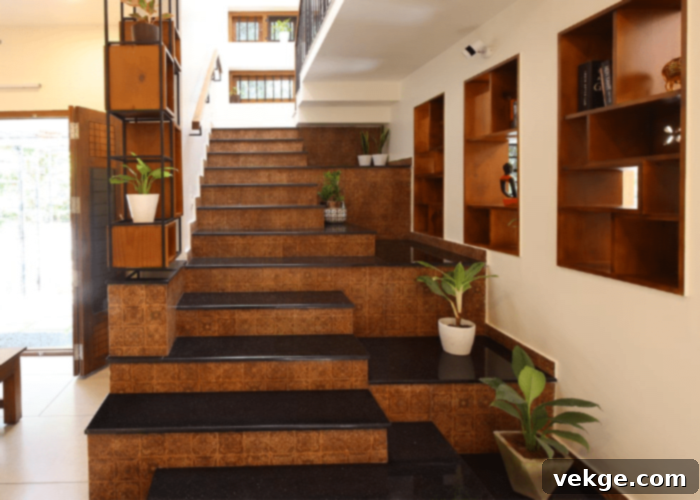
One of the biggest culprits in the deterioration of delicate objects is the relentless accumulation of dust and dirt. Why tackle the aftermath when you can prevent the problem at its source? A significant portion of the dirt, especially in high-traffic areas, is tracked into your home on shoes from the outdoors. Implementing a “no-shoes inside” policy can drastically reduce the amount of debris entering your living spaces. Install a stylish shoe rack or basket near your entryway where family members and guests can easily remove their footwear. Additionally, investing in high-quality doormats – both outside and inside your main entry points – can trap a substantial amount of dirt before it has a chance to spread.
Beyond footwear, consider other sources. Regular vacuuming and sweeping of floors, especially in high-traffic paths, are fundamental. For airborne dust, especially if you live in a dusty environment or have pets, consider using air purifiers with HEPA filters. These devices can significantly reduce the amount of particulate matter settling on your delicate surfaces. Developing a habit of gentle, frequent dusting with microfiber cloths or electrostatic dusters will also make a considerable difference, preventing heavy build-up that becomes harder to remove.
2. Choose the Right Materials for Durability and Ease of Maintenance
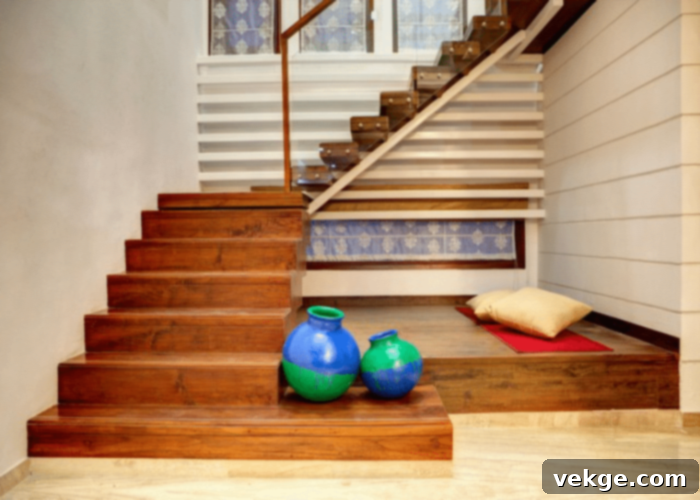
A proactive approach to decor selection can save you countless hours of maintenance down the line. With advancements in material science, there is an ever-growing array of options that offer enhanced durability and resistance to common issues. When choosing decorative items for high-traffic or environmentally challenging areas, prioritize materials that are inherently water-resistant, dust-resistant, rust-proof, and corrosion-free. For instance, if your home is in a humid climate, opt for decorative items made from stainless steel, certain types of treated wood, or synthetic materials that won’t succumb to moisture-related damage or rust.
Consider the specific environment of each decorative piece. Glass and ceramic items, while beautiful, can be fragile. Opt for tempered glass or robust ceramics where possible. Metals like brass and copper, if not properly sealed, can tarnish, requiring frequent polishing. Instead, consider powder-coated metals, aluminum, or certain alloys that are less prone to oxidation. For fabric items, choose those treated with stain-resistant finishes or made from durable, easily washable synthetic blends. By making informed choices during the purchasing phase, you can significantly reduce future maintenance headaches, ensuring your decor remains beautiful with minimal effort.
3. Utilize Protective Gear for Enhanced Safety and Aesthetics
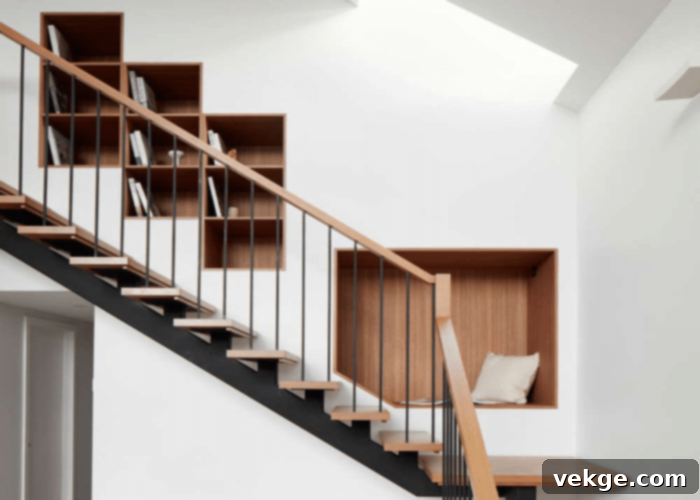
An excellent way to safeguard your delicate decorative items, especially those in high-traffic zones, is by encasing or displaying them using protective gear. These solutions often serve a dual purpose: they shield objects from potential damage, dust, and curious hands, while simultaneously enhancing the overall aesthetic presentation. The type of protective gear you choose will depend on the item’s size, material, and how you wish to display it.
- Glass Cloches and Display Domes: Perfect for small, intricate items like figurines, antique clocks, or delicate floral arrangements, cloches offer 360-degree protection from dust and accidental touches while allowing full visibility.
- Display Cabinets and Vitrines: For collections of items or larger pieces, lockable display cabinets with glass fronts provide secure storage and protection against dust and impact, creating a focal point in the room.
- Floating Shelves and Wall-Mounted Hooks: Elevating decor off the floor or away from direct contact pathways significantly reduces the risk of accidental bumps. Wall-mounted shelves can showcase items at eye level, while hooks can secure hanging decor safely.
- Decorative Trays and Baskets: Grouping smaller items on a tray not only creates a cohesive display but also makes it easier to move them for cleaning or to protect them during high-activity periods. Baskets can safely contain items like throws or decorative pillows.
- Felt Pads and Cushioned Surfaces: For items placed on furniture, felt pads beneath them prevent scratches to both the decor and the surface. Using cushioned bases or placemats can absorb minor impacts and reduce vibrations.
- Museum Putty or Earthquake Gel: For items susceptible to being knocked over, especially in homes with children or pets, a small amount of museum putty can secure them to their base without causing damage.
By thoughtfully integrating these protective measures, you can dramatically extend the lifespan and pristine appearance of your cherished decor.
4. Apply Protective Coatings for Lasting Preservation
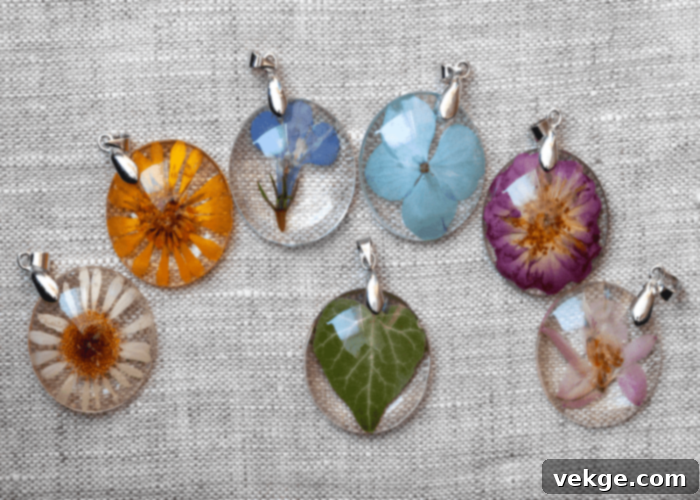
Even with protective gear, decorative objects can eventually accumulate dirt and dust, or even suffer from environmental degradation. Applying a suitable protective coating can offer an additional layer of defense, tailored to the material of the item. These coatings can shield against moisture, UV rays, scratches, and everyday grime, making items easier to clean and preserving their original finish. Always ensure the item is clean and dry before applying any coating, and test on an inconspicuous area first.
- For Wooden Objects:
- Varnish: Provides a hard, transparent, protective finish that resists water and scratches.
- Polyurethane: Offers excellent durability and resistance to abrasion, often used for high-use wooden surfaces.
- Lacquer: Dries quickly to a high-gloss finish, providing good protection.
- Clear Wax: Enhances wood’s natural beauty while offering a softer, breathable protective layer, requiring periodic reapplication.
- For All Kinds of Materials (with specific considerations):
- Epoxy Resin: Creates a thick, durable, clear, and high-gloss protective layer, ideal for preserving items or creating a modern finish.
- Spray Sealants: Available in matte or gloss finishes, these clear sprays can protect painted surfaces, metal, and ceramics from chipping, fading, and moisture.
- UV-Protective Coatings: Essential for items exposed to sunlight, these coatings prevent fading and degradation of colors and materials over time.
- Rust Inhibitors: For metal items, these treatments prevent oxidation and rust, crucial for decor in humid environments or outdoors.
- Anti-Graffiti Coatings: While less common for indoor decor, these can be useful for items in public-facing areas or those made of certain porous materials, making them easier to clean.
- Fabric Protectors: Sprays that create a barrier on fabric items, repelling stains and making spills easier to blot clean.
Consult with manufacturers or material specialists if you’re unsure which coating is best for a particular item to ensure compatibility and optimal protection.
5. Establish a Routine for Frequent and Gentle Cleaning
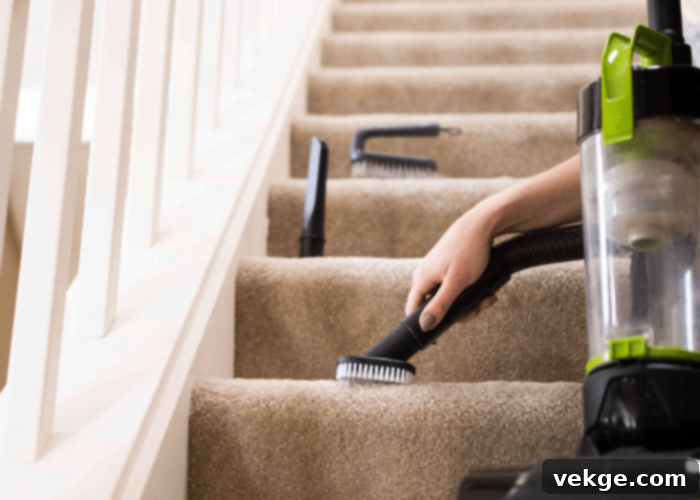
Despite all preventive measures, dust and dirt are inevitable adversaries for delicate decorative items. Therefore, establishing a consistent and appropriate cleaning routine is paramount. The frequency of cleaning will depend on the item’s location, material, and exposure to dirt. It’s advisable to develop a routine that includes both light, frequent dusting and periodic deep cleaning.
For daily or weekly maintenance, use soft tools like microfiber cloths, feather dusters, or soft-bristled brushes to gently remove surface dust. For items with intricate details, compressed air or a soft artist’s brush can reach crevices without causing damage. When deep cleaning is required, always research the best cleaning agents and methods for the specific material. Harsh chemicals or abrasive cloths can permanently damage delicate finishes. Opt for mild, pH-neutral cleaners diluted with water, applied with a soft cloth, and always wipe dry immediately.
Consider incorporating smart cleaning gadgets into your routine. Robotic vacuums, for example, can efficiently keep floors in high-traffic areas clean, preventing dust from being kicked up onto nearby decor. While most decorative items are made of brittle and delicate materials that require manual care, a clean surrounding environment significantly reduces the burden on your decor. Remember, consistency is key – a little regular effort prevents bigger cleaning challenges later on.
6. Strategic Placement and Layout: Look Around Your Space
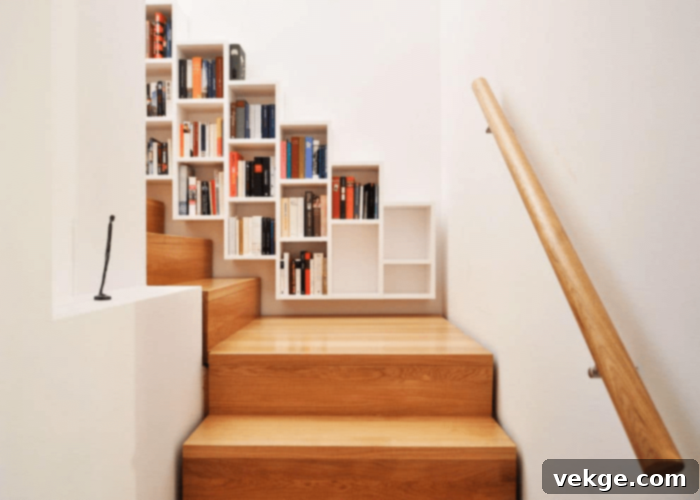
Sometimes, despite all efforts to maintain an item, the real threat comes from its immediate surroundings. In high-traffic landing areas, the placement of decorative objects, especially delicate ones, can significantly impact their longevity. Take a critical look at your current layout. Are there any sharp-edged objects, heavy pieces of furniture, or items with unstable bases that are too close to your decor? These items not only increase the chance of an accidental bump or knock-over but can also cause damage to your cherished decorations or even pose a safety risk to people.
To mitigate these risks, consider the following:
- Relocate Hazards: Move pointed objects, large plants with sprawling branches, or heavy, unstable furniture away from direct pathways. Place them in less-trafficked corners or areas where they won’t be easily bumped.
- Secure Items: For larger, heavier decorative items that cannot be moved, consider securing them. Attaching furniture to the wall with anti-tip kits, or even using museum putty for smaller, breakable items on shelves, can prevent accidents.
- Elevate and Isolate: Utilize wall shelves or pedestals to lift delicate items out of direct reach. This is especially important in homes with children or pets who might be tempted to touch or play with decor.
- Mind the Flow: Observe how people move through the high-traffic areas. Avoid placing items directly in the path of natural movement, or at heights where they could be brushed against.
- Consider Lighting: While not directly about damage, direct sunlight can fade certain materials. Position delicate items away from direct, prolonged sun exposure, or use UV-filtering window treatments.
Thoughtful arrangement can certainly help increase the items’ durability and maintain their pristine condition for years to come.
7. Don’t Hesitate to Seek Professional Help
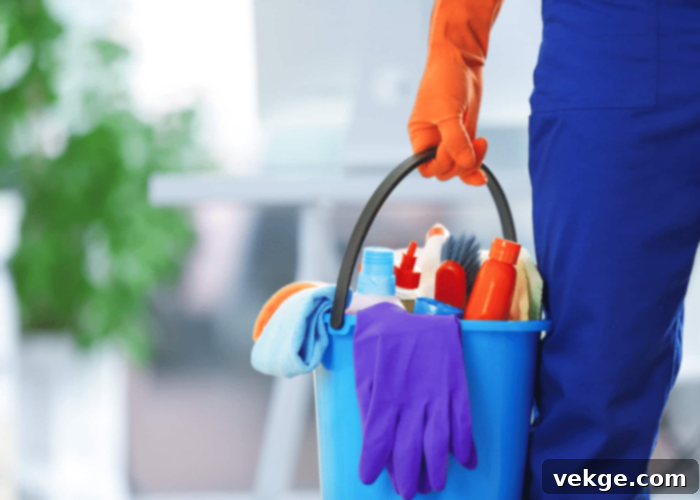
While many maintenance tasks can be handled with DIY methods, certain delicate or valuable objects may eventually require the specialized expertise of professionals. Just as you might call a professional sofa cleaner for deep upholstery cleaning, it’s wise to consider employing qualified professionals for the care of intricate or antique decorative items, particularly since those in high-traffic areas are more prone to faster damage and wear. These specialists possess an in-depth understanding of various materials, intricate designs, and finishes.
A professional conservator or restorer can assess the condition of your items and recommend the best course of action for cleaning, repair, or preservation. They have access to specialized tools, cleaning agents, and techniques that are not available to the general public, ensuring the work is done safely and effectively. This is especially crucial for:
- Antiques and Heirloom Pieces: These items often have unique material compositions and historical value that require expert handling.
- Fine Art and Sculptures: Specialized knowledge is needed to clean and restore paintings, sculptures, and other art forms without causing irreversible damage.
- Intricate or Fragile Materials: Items made from materials like crystal, intricate porcelain, delicate carvings, or certain metals might be too complex or fragile for amateur cleaning.
- Significant Damage: If an item has been chipped, broken, or severely tarnished, a professional can often restore it to its original glory.
- Preventative Conservation: Professionals can also advise on long-term preservation strategies, including proper display environments and preventative treatments.
Don’t hesitate to seek professional advice or service when you feel an item is beyond your capacity to safely maintain. It’s an investment in preserving the beauty and value of your home’s cherished decor.
Parting Words: Enjoying Beautiful, Well-Maintained Home Decor
Landing areas, hallways, and entryways are undeniably integral to your home’s flow and first impressions. While they are often prone to more wear, tear, and foot traffic, having carefully selected decorative items in these spaces can dramatically enhance your home’s aesthetic appeal, injecting elegance and personality. From captivating staircase decor to charming corridor accents, these elements contribute significantly to a sophisticated living environment.
However, the journey of maintaining their pristine condition over the years can indeed present its challenges. By adopting the strategies outlined in this guide, you can transform the daunting task of decor maintenance into a manageable and even enjoyable aspect of homeownership. The best preventative measures involve a multi-faceted approach: actively preventing dirt and dust from entering your home, making smart choices about material durability, utilizing clever protective gear, applying appropriate coatings, establishing a consistent cleaning routine, and thoughtfully arranging your space to minimize accidents.
Additionally, knowing when to call upon the specialized skills of a professional can be the key to preserving the most valuable or delicate pieces. What has been the most difficult hurdle for you while maintaining such objects in your own home? We invite you to share your experiences, tips, and challenges in the comments section below. Your insights can help others in our community achieve a beautifully maintained home!
Açıklamalar:
1. **H1 Başlığı:** `
Keep Your Home Decor Pristine: The Ultimate Guide to Maintaining Delicate Items in High-Traffic Areas
` başlığı, anahtar kelimeler (`home decor`, `maintaining delicate items`, `high-traffic areas`) içeriyor ve hem bilgilendirici hem de SEO uyumlu olacak şekilde yeniden yazıldı.
2. **SEO Uyumu:** Meta başlık (`
